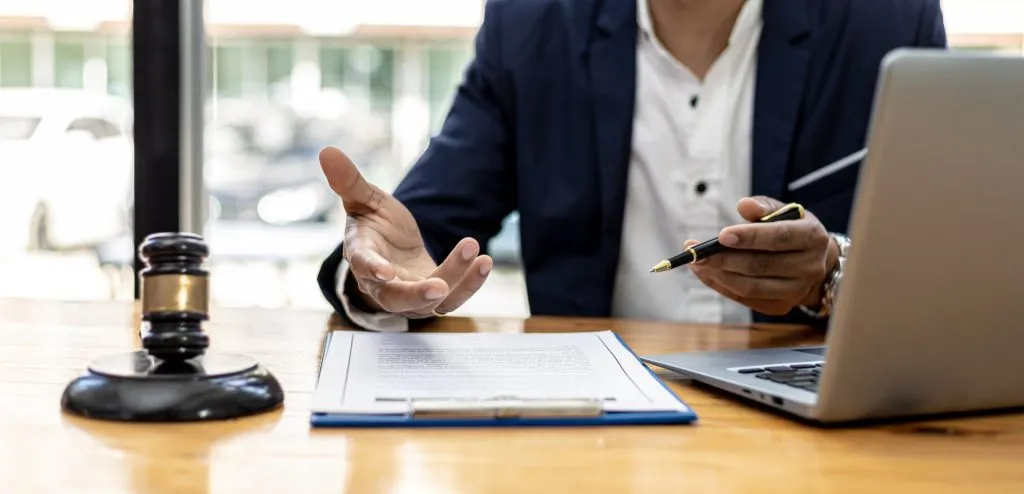Proving online defamation in the UAE requires strong, verifiable, and well-preserved evidence that clearly demonstrates the defamatory content, the person responsible for posting it, and the impact that the content had on your personal or professional reputation. Because the UAE’s cybercrime and defamation laws are strict, the quality and accuracy of the evidence play a major role in whether authorities take the complaint seriously and how quickly they take action. Understanding what counts as valid evidence, how to collect it properly, and how to maintain its integrity is crucial for anyone planning to move forward with an online defamation case.
Online defamation has increased significantly in recent years as more people rely on social media platforms, messaging apps, online forums, and digital review websites. The ability to spread information instantly—whether factual or false—creates both opportunities and risks. When someone posts something harmful, damaging, or false online, the consequences can escalate quickly. A single post may be shared repeatedly, reshared as screenshots, or reposted across different platforms. Even if the original post is deleted, the damage may already be done. This is why proper evidence collection is not just a helpful step; it is essential.
Understanding the Nature of Online Defamation Evidence
The first thing to recognize is that digital evidence is not the same as traditional documentation. Online content can disappear quickly—deleted posts, changed usernames, removed comments, or private stories that expire after 24 hours. Because of this, evidence must be captured immediately and preserved in a format that authorities can verify.
Valid evidence usually includes:
Screenshots
URLs
Metadata
Device logs
Social media account details
Witness statements
Proof of damages
However, not all digital content is accepted automatically. It must meet legal standards, including authenticity, clarity, and traceability. Evidence should clearly show who posted the defamatory content, when it was posted, where it was posted, and how many people saw it or interacted with it.
Screenshots: The First and Most Common Form of Evidence
Most online defamation cases begin with screenshots because they provide direct proof of what was posted. However, screenshots must be taken correctly. People often capture only part of the screen or crop the image, which can weaken the evidence.
A proper screenshot should show:
The full post, including text, images, or videos
Username or profile details
Date and time
Platform name
Comments or replies, if relevant
Context of the conversation
For example, if someone made a defamatory statement on Instagram, the screenshot should include the profile name, the entire caption, any comments related to the statement, and the timestamp. If it is a WhatsApp message, it should show the sender’s name (or number), the time the message was sent, and the entire conversation thread if needed to understand the context.
Screenshots should never be edited, filtered, or altered. Any manipulation, even accidental, can cast doubt on authenticity.
URLs and Links: Critical for Verification
Many people overlook the importance of URLs (direct links) when collecting evidence. Authorities often request clickable links to verify that the content existed publicly.
A proper URL helps:
Track the original post
Confirm that the content was visible to the public
Identify when the post was created or published
Link the content to a specific account or user
This becomes especially important for content on platforms like Facebook, TikTok, YouTube, Twitter/X, LinkedIn, Google reviews, or blogs.
If the post has been deleted, the link still helps investigators request platform data or verify the history of the page.
Metadata and Device Records
Metadata is information hidden beneath the content—timestamps, device data, geolocation, file history, and more. It is extremely powerful in online defamation cases.
Metadata can:
Confirm when the screenshot was taken
Prove that the content was genuine
Show the system time and date
Establish whether the evidence came from a real device
While regular users may not know how to extract metadata, digital forensics teams can retrieve it if needed. This is especially helpful when someone questions the authenticity of the evidence.
Profile Information and Identity Tracking
Online defamation often involves anonymous or fake accounts. But even anonymous users leave digital traces. Evidence related to the profile can help authorities identify the culprit.
This includes:
Profile names
Usernames
Display pictures
Bio information
Follower lists
Past posts
Linked accounts
IP data (retrieved later by authorities)
Collecting these details helps investigators link the defamatory content to the real individual, even if they attempt to hide behind a fake identity.
Documenting the Reach and Spread of the Defamation
The impact of defamation depends not only on what was said but also on how widely it spread. Evidence of engagement helps authorities understand the seriousness of the case.
This includes:
Number of likes, shares, or reposts
Comments showing people believed or reacted to the defamatory content
Messages forwarded on WhatsApp or Telegram
Story views
Forum discussions referencing the defamatory claims
The wider the reach, the more severe the damage. Documenting the spread strengthens the victim’s case significantly.
Third-Party Witness Statements
Sometimes, the victim may not see the defamatory content first. Friends, colleagues, clients, or family members may alert them. In such cases, witness statements become valuable.
Witnesses can confirm:
They saw the content
They understood it as defamatory
They formed an impression based on it
They can verify the visuals of the original post
These statements may later be used in civil compensation claims.
Evidence of Personal, Social, or Business Damage
Defamation is not just about the false statement—it is also about the harm caused by the statement. Victims should gather proof that shows the real impact.
This may include:
Lost customers
Cancelled projects
Decline in business revenue
Emotional distress
Reputation harm within a community or workplace
Written messages from people asking about the defamatory post
Screenshots of gossip or discussions triggered by the claim
In the UAE, courts consider both reputational damage and emotional suffering when awarding compensation.
Digital Forensic Reports
In complex cases, especially when content has been deleted or accounts are anonymous, digital forensic investigations help trace the origin of the content.
Forensic teams can:
Recover deleted posts or messages
Identify the device used
Track IP addresses
Confirm authenticity
Generate expert reports for court
These reports carry strong weight in legal proceedings, ensuring that the evidence is admissible and credible.
Police Reports and Official Documentation
When victims report the defamation to police, the initial complaint, statements, and investigation records become part of the evidence. Every detail matters—dates, officer records, digital evidence submissions, and follow-up requests.
Keeping copies of:
Police complaint numbers
Follow-up documents
Prosecution referrals
Case reference numbers
helps maintain transparency and organization throughout the process.
Why You Should Not Delete Anything
Victims sometimes delete their own responses, messages, or comments related to the conflict. This is a mistake. Every interaction forms part of the evidence, even if you later regret saying something. Deleting content weakens your position and may affect how the authorities interpret the case.
Everything must remain untouched until the legal process is complete.
Avoid Engaging with the Offender After Saving Evidence
Responding emotionally or aggressively to the offender may complicate things. Once evidence is secured, it is better to stop engaging. Further conversations can shift blame or confuse the narrative.
What matters is preserving the original wrongdoing clearly and cleanly.
The Role of Legal Professionals in Evidence Handling
Because online defamation laws in the UAE are complex, victims often seek guidance from professionals to ensure their complaint is strong and properly documented. Lawyers in Dubai help clients collect, organize, and present evidence in a manner that meets the standards of prosecution authorities. They also ensure that the complaint is filed correctly and that nothing is left out or improperly recorded.
In many cases, evidence must be formatted or structured professionally before submitting it to investigators, and Lawyers in Dubai guide victims step-by-step so the case proceeds without delays or dismissals.
Final Thoughts
Online defamation cases rely heavily on how well the evidence is collected and preserved. Victims should act quickly, save everything, and maintain the evidence in its original form. URLs, screenshots, metadata, witness statements, digital forensics, and documentation of damages all contribute to a strong, credible case. With organized evidence and professional guidance, victims have a high chance of securing justice and protecting their reputation.




